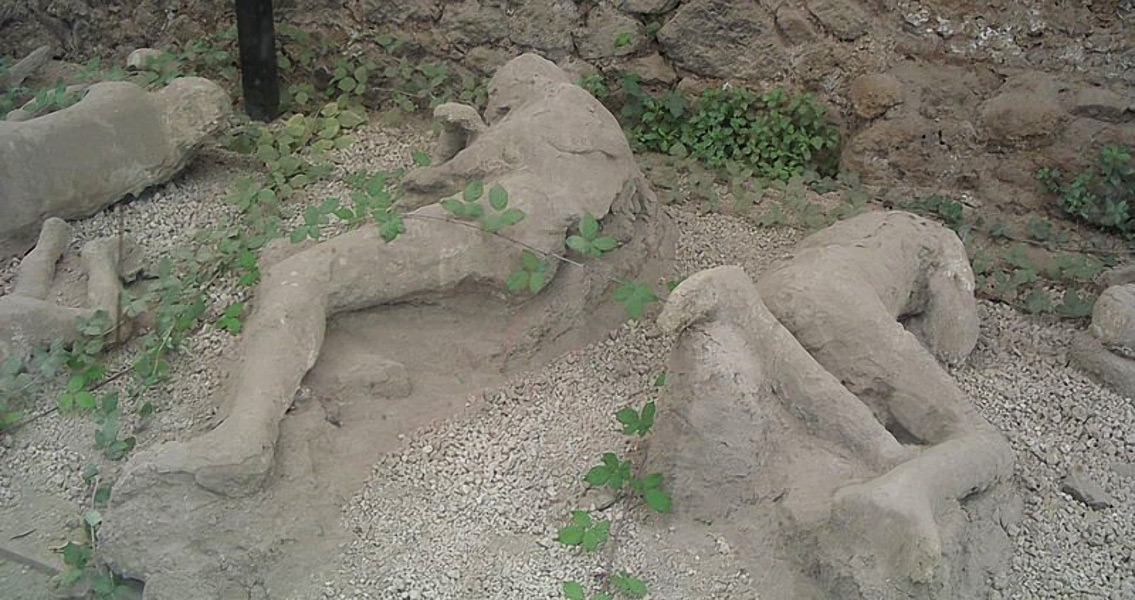<![CDATA[An interdisciplinary project involving computer-axial tomography has revealed that the citizens of Pompeii who died in the huge eruption of mount Vesuvius in 79 CE led remarkably healthy lifestyles. The CAT scans are being done on bodies that were preserved in plaster casts, a technique invented in 1886 by archaeologist Giuseppe Fiorelli to make it possible to move the petrified corpses from Pompeii and protect them from disintegration, the Italian edition of The Local reports. Orthodontist Elisa Vanacore, who studied some of the initial results from the scans, told media that Pompeiians “ate better than we did”, adding that the diet of the city’s inhabitants was rich in fruit and vegetables, and low on sugars, giving them remarkably good teeth. However, their probably shiny smiles were also linked to the high fluorine content of the air and water near mount Vesuvius. Fluorine when consumed in too large quantities can have an adverse effect on the bones and teeth, so the state of these plaster cast individuals’ teeth suggests they did not overdose on the element. The Local notes that these first results might change the popular opinion that the inhabitants of the city – whom frescoes uncovered by archaeologists portray as people partial to the pleasures of the flesh – were decadent and abusive of their health. There are a total of 86 sets of remains cast in plaster that will eventually take part in the study, of which 30 have already undergone CT scans. One problem with the method is that the CT scanner only allows for objects of up to 70 cm in diameter to be analysed, so with some of the bigger victims of the volcanic eruption that buried Pompeii for almost two millennia, it will be just the head and the chest that get scanned. The team is using a type of CAT called 16-layer scanning because of the high chalk density of the casts, which makes it difficult to penetrate the plaster layer and reach the organic matter underneath. Pompeii’s archaeological superintendent Massimo Osanna told The Local that the project involved people from a diverse range of disciplinary fields including computer engineers, orthodontists, and radiologists, along with archaeologists. He added that hopes were to find out more about the victims’ age, sex, diet, possible diseases, and even social class. This information will add to what has already been discovered about them from the plaster casts, such as facial features and clothing. In addition, the team currently working on the bodies is using contrast dye to mark muscles and skin in order to enhance the features of the individuals, Ancient Origins writes. A conservator from the Naples National Archaeological Museum, Stefania Giudice, told Ancient Origins that there is something emotional about this project, given that the remains the researchers are working on were two thousand years ago someone’s mother, husband or child. This adds a human angle to the project, she said, and increases the human importance of Vesuvius’ victims. However, people are not the only ones that are being studied: dogs and pigs petrified by the lava will also be CAT-scanned. Image courtesy of Wikimedia Commons user: LivingShadow ]]>
People In Pompeii Led Healthy Lives
